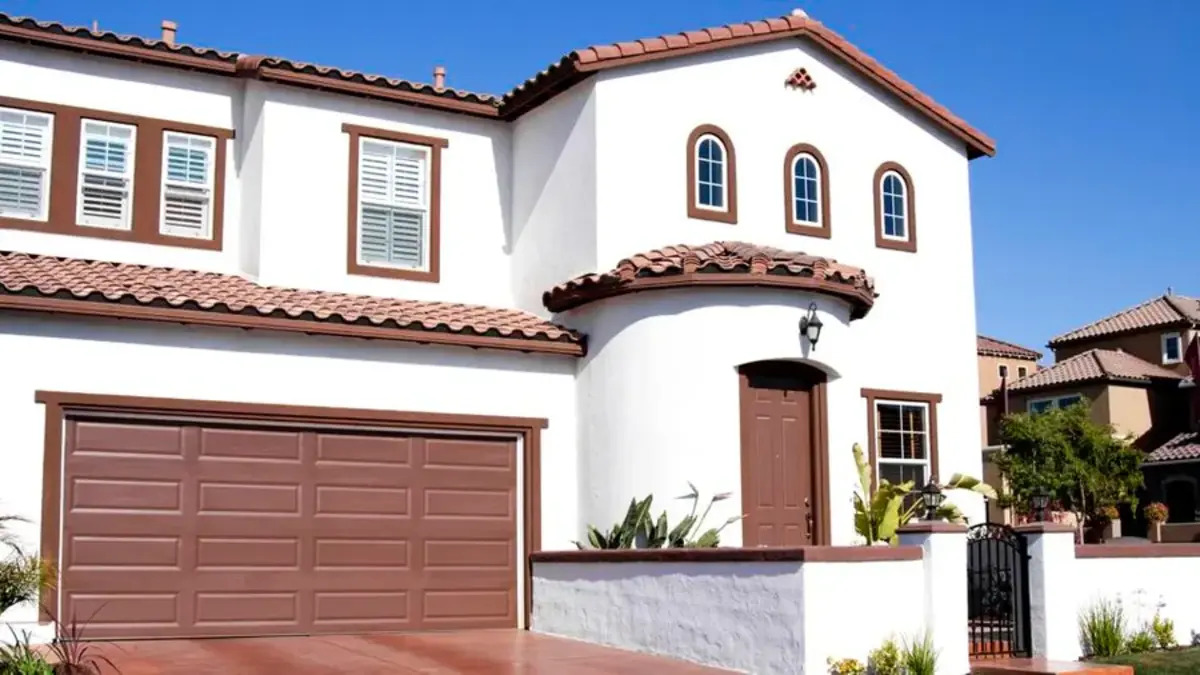

Articles
How Much To Replace Stucco With Siding
Modified: January 24, 2024
Looking for articles on how much it will cost to replace stucco with siding? Find all the information you need about stucco replacement expenses and options in this comprehensive guide.
(Many of the links in this article redirect to a specific reviewed product. Your purchase of these products through affiliate links helps to generate commission for Storables.com, at no extra cost. Learn more)
Introduction
Replacing stucco with siding can be a crucial decision for homeowners looking to update the exterior of their homes. While stucco is durable and has its own benefits, siding offers a wide range of options in terms of materials, styles, and colors. However, one of the main considerations when replacing stucco with siding is the cost involved.
In this article, we will explore the various factors that can affect the cost of replacing stucco with siding. From material costs to labor costs to additional expenses, understanding these factors will help homeowners plan and budget accordingly. We will also discuss the pros and cons of hiring a professional versus undertaking the project as a DIY endeavor.
By the end, readers will have a clear idea of how much it may cost to replace stucco with siding, enabling them to make an informed decision about their home improvement project.
Key Takeaways:
- When replacing stucco with siding, consider factors like material costs, labor expenses, removal and disposal charges, and additional costs. Whether DIY or hiring a professional, make an informed decision aligned with your budget and goals.
- The decision to tackle stucco replacement as a DIY project or hire a professional depends on factors like budget, skill level, time availability, and personal preferences. Weigh the pros and cons to make the best choice for your home improvement project.
Read more: How To Do Stucco Siding
Factors Affecting the Cost
The cost of replacing stucco with siding can vary depending on several factors. These factors include:
- Size of the Project: The size of the project, measured in square footage, plays a significant role in determining the overall cost. Larger homes will require more materials and labor, thus increasing the expenses.
- Choice of Siding Material: The type of siding material you choose will greatly impact the cost. Vinyl siding tends to be more affordable compared to materials like fiber cement or wood.
- Style and Design: Intricate designs or custom details can increase the cost of the siding installation. Unique architectural features or unconventional shapes require more precision and skilled labor, resulting in higher expenses.
- Preparation and Repairs: Before installing the new siding, it may be necessary to prepare the existing stucco surface. This can include removing loose or damaged stucco, repairing any underlying issues, or adding insulation. The extent of these preparations will affect the overall cost.
- Accessibility: The accessibility of your home can impact the cost of the project. If your home is located in a remote area or has difficult terrain, it may require additional effort and resources to transport materials and complete the installation.
- Location and Local Rates: Labor costs can vary depending on the location and the rates set by local contractors. Urban areas tend to have higher prices compared to rural or suburban regions.
It is important to consider these factors when estimating the cost of replacing stucco with siding. By understanding the specific needs of your project and the variables that can influence the expenses, you can develop a more accurate budget and ensure a successful and cost-effective outcome.
Material Costs
The choice of siding material will significantly impact the overall cost of replacing stucco with siding. Here are some common siding materials and their approximate costs:
- Vinyl Siding: Vinyl siding is one of the most affordable options, ranging from $2 to $7 per square foot. It is low-maintenance, durable, and comes in a variety of styles and colors.
- Fiber Cement Siding: Fiber cement siding is known for its durability and resistance to rot and pests. It typically costs between $5 and $10 per square foot, making it a mid-range option in terms of cost.
- Wood Siding: Wood siding provides a natural and timeless aesthetic, but it requires more maintenance compared to other materials. The cost of wood siding ranges from $8 to $12 per square foot.
- Engineered Wood Siding: Engineered wood siding is a more affordable alternative to traditional wood siding, costing between $5 and $8 per square foot. It offers the same appeal as wood but with added durability and resistance to moisture.
- Brick Veneer: Brick veneer is a popular choice for its classic and elegant look. It is typically priced between $10 and $15 per square foot, not including the cost of a structural support system if needed.
In addition to the cost of the siding material itself, there are additional expenses to consider. These can include insulation, trim, accessories, and any necessary permits or inspections. It is important to factor in these costs when estimating the total material expenses for the project.
It is also worth noting that the quality and brand of the siding material can impact the cost. Higher-end materials may come with a higher price tag, but they often offer enhanced durability, warranty, and aesthetic appeal.
By researching and comparing the different siding materials available, homeowners can make an informed decision based on their budget and desired outcome. Additionally, consulting with a professional contractor can provide valuable insights and recommendations for the most suitable siding material for your specific project.
Labor Costs
Labor costs are a significant aspect of the total cost of replacing stucco with siding. The complexity of the installation process, the size of the project, and the location can all affect the labor expenses. Here are a few key factors to consider:
- Installation Complexity: The complexity of the installation will impact the labor costs. If there are intricate designs or challenging architectural features involved, it may require more time, skill, and effort from the installers, resulting in higher labor expenses.
- Project Size: Larger projects require more manpower and time, which can increase the labor costs. Additionally, if the project requires a team of contractors or subcontractors, such as electricians or plumbers, it will add to the overall labor expenses.
- Location: The labor costs can vary depending on the location of the project. Urban areas generally have higher labor rates compared to suburban or rural regions. It is essential to research and compare local labor rates to get an accurate estimate.
- Contractor Experience: The experience and reputation of the contractor can impact the labor costs. Experienced and reputable contractors may charge a higher rate due to their expertise and quality of work. However, hiring a skilled professional can ensure a smoother and more efficient installation process.
It is recommended to obtain multiple quotes from different contractors to compare labor costs. This will give you a better understanding of the average market rates and help you make an informed decision while staying within your budget. Additionally, ensure that the contractor provides a detailed breakdown of the labor costs and any possible additional charges to avoid any surprises along the way.
Keep in mind that labor costs should not be the sole determining factor when choosing a contractor. Quality of work, reputation, and customer reviews are equally important considerations to ensure a successful siding replacement project.
Removal and Disposal Costs
When replacing stucco with siding, it is important to consider the costs associated with removing the existing stucco and disposing of it properly. Removal and disposal costs can vary depending on the size of the project, the condition of the stucco, and local regulations. Here are a few key points to keep in mind:
- Stucco Removal: Removing stucco can be a labor-intensive process. It may involve using specialized equipment, such as hammers, chisels, or power tools, to break down the stucco and remove it from the walls. The time and effort required for stucco removal will impact the overall labor costs.
- Disposal Fees: Properly disposing of the removed stucco is essential. Many local jurisdictions have specific regulations regarding the disposal of construction debris. This may involve additional fees for hauling and disposing of the stucco material at a landfill or recycling facility.
- Dumpster or Container Rental: Depending on the amount of stucco being removed, you may need to rent a dumpster or container to collect and transport the debris. The rental fee for the dumpster should be factored into the overall project costs.
It is important to consult with the contractor or waste management company to understand the specific requirements and costs associated with stucco removal and disposal in your area. They can provide guidance on the proper methods and ensure compliance with local regulations.
By including removal and disposal costs in your budget, you can avoid any unexpected expenses and ensure a smooth and efficient process of replacing stucco with siding.
When replacing stucco with siding, consider the cost of materials, labor, and any necessary repairs to the underlying structure. Get multiple quotes from reputable contractors to ensure a fair price.
Read more: How Much Hail Damage To Replace Siding
Additional Costs to Consider
When calculating the cost of replacing stucco with siding, there may be additional expenses beyond the material and labor costs. These costs can vary depending on the specific requirements of your project. Here are some common additional costs to consider:
- Insulation: Adding insulation to the walls before installing the new siding can enhance energy efficiency and increase the overall cost. The type and quality of insulation chosen will impact the expenses.
- Trim and Accessories: Trim pieces, corner posts, window and door casings, and other accessories are essential for a finished and polished look. These additional components will incur extra costs and should be factored into your budget.
- Painting or Finishing: Depending on the type of siding material chosen, it may require painting or finishing. The cost of paint, supplies, and labor for this additional step should be considered if it is necessary for your project.
- Permits and Inspections: Some local jurisdictions may require permits and inspections for siding replacements. These fees can vary, and it is crucial to inquire with the local building department to determine the specific requirements and associated costs.
- Structural Repairs: During the stucco removal process, underlying structural issues may be uncovered. Repairing any damage to the wall structure, sheathing, or framing can add to the overall expenses. It is essential to account for these potential repairs in your budget.
- Landscaping: The process of replacing stucco with siding can disrupt landscaping around your home. If you need to remove or replant bushes, trees, or other vegetation, there may be additional costs involved in restoring the landscape after the project is complete.
It is important to assess the specific needs of your project and consider any additional costs that may arise. By accounting for these factors in your budget, you can ensure a more comprehensive and accurate estimation of the total expenses involved in replacing stucco with siding.
Cost of Hiring a Professional
One option for replacing stucco with siding is to hire a professional contractor to handle the project. While this can increase the overall cost, it offers several advantages, including expertise, efficiency, and peace of mind. Here are some factors to consider when estimating the cost of hiring a professional:
- Labor Costs: Hiring a professional contractor means you will need to factor in the labor costs associated with the project. The contractor will provide a quote that includes the cost of their services, expertise, and the labor required to complete the installation.
- Material Costs: In addition to labor costs, the contractor may have arrangements with suppliers to acquire the siding materials at a discounted price. This can be advantageous in terms of both cost and convenience.
- Tools and Equipment: Professional contractors will have access to specialized tools and equipment needed for the installation. Including the cost of using these tools and equipment in the overall project estimate is important.
- Insurance and Licenses: Reputable contractors will have the necessary insurance coverage and licenses to protect themselves and their clients. These qualifications come at a cost but provide peace of mind and ensure a professional and reliable service.
- Guarantee or Warranty: Many professional contractors offer guarantees or warranties on their workmanship and the materials used. While this might increase the initial cost, it can provide long-term savings by covering any potential issues that may arise.
- Project Management: Hiring a professional contractor means you are paying for their experience, expertise, and the ability to manage the project from start to finish. They will oversee the entire process, making sure it progresses smoothly and efficiently.
It is important to request quotes from different contractors and compare their services, pricing, and reputations when considering hiring a professional. While the cost may be higher compared to a DIY approach, the quality of work, time saved, and the overall satisfaction with the final result are often worth the investment.
Remember, the cost of hiring a professional includes not just their labor, but also the convenience, expertise, and peace of mind that comes with entrusting your project to an experienced contractor.
DIY vs. Hiring a Professional
When it comes to replacing stucco with siding, homeowners often have to decide between tackling the project as a DIY endeavor or hiring a professional contractor. Both options have their pros and cons, and the choice ultimately depends on factors such as budget, skill level, time availability, and the complexity of the project. Here are some points to consider when deciding between DIY and hiring a professional:
DIY:
- Cost Savings: One of the main advantages of a DIY approach is the potential cost savings. By eliminating labor costs, homeowners can save a significant amount of money, especially if they already possess the necessary tools and equipment.
- Personal Satisfaction: Taking on a home improvement project can bring a sense of accomplishment and personal satisfaction. For those who enjoy hands-on work and learning new skills, DIY can be a rewarding experience.
- Flexibility and Control: DIY allows homeowners to have full control over the project, from the choice of materials to the timeline of completion. It provides the flexibility to make adjustments and decisions along the way.
- Learning Opportunity: Undertaking the project as a DIY endeavor offers the opportunity to gain valuable knowledge and skills in home improvement. It can be an educational experience that enhances your understanding of construction and maintenance.
Hiring a Professional:
- Expertise and Efficiency: Professional contractors have the experience and expertise to handle the project efficiently. They are well-versed in the intricacies of installing siding and can ensure a high-quality and long-lasting result.
- Time and Convenience: Hiring a professional saves homeowners valuable time and effort. They will handle all aspects of the project, from obtaining permits to completing the installation, allowing homeowners to focus on other priorities.
- Quality and Warranty: A reputable professional contractor will provide a guarantee or warranty on their work, giving homeowners peace of mind. They have access to high-quality materials and equipment, resulting in a durable and aesthetically pleasing outcome.
- Compliance and Safety: Professional contractors are familiar with building codes and regulations, ensuring that the project is completed in compliance with local requirements. They prioritize safety and follow best practices during the installation process.
Ultimately, the decision between DIY and hiring a professional depends on your individual circumstances. If you have the necessary skills, experience, and time availability, along with a tight budget, DIY may be a viable option. However, if you lack the expertise, time, or confidence to execute the project effectively, hiring a professional ensures a smoother process and a higher-quality outcome.
It is important to weigh the pros and cons, assess your capabilities, and consider the complexity of the project before making a decision. Consult with professionals, gather multiple quotes, and thoroughly evaluate your options to make an informed choice that aligns with your goals and budget.
Conclusion
Replacing stucco with siding is a significant home improvement project that can enhance the appearance, durability, and value of your property. However, it is essential to understand the various factors that can affect the cost of this undertaking. By considering material costs, labor expenses, removal and disposal charges, and additional costs, homeowners can develop a comprehensive budget. Furthermore, the decision of whether to tackle the project as a DIY endeavor or hire a professional contractor depends on factors such as budget, skill level, time availability, and personal preferences.
When estimating the cost, it is crucial to consider the size of the project, choice of siding material, style and design requirements, and any necessary preparation or repairs. Additionally, location, accessibility, and local labor rates play a role in determining the expenses. It is equally important to factor in removal and disposal costs, as well as any additional expenses such as insulation, trim, painting, and permits.
Choosing between a DIY approach and hiring a professional involves weighing the pros and cons. DIY offers potential cost savings, personal satisfaction, and the opportunity to learn new skills. On the other hand, hiring a professional ensures expertise, efficiency, quality, and peace of mind. Depending on your abilities, resources, and the complexity of the project, one option may be more suitable than the other.
Ultimately, the cost of replacing stucco with siding varies depending on individual circumstances and specific project requirements. It is essential to carefully evaluate your needs, obtain multiple quotes, and make an informed decision that aligns with your goals and budget. Whether you choose to embark on the project yourself or hire a professional, replacing stucco with siding can transform the exterior of your home and provide lasting value for years to come.
Frequently Asked Questions about How Much To Replace Stucco With Siding
Was this page helpful?
At Storables.com, we guarantee accurate and reliable information. Our content, validated by Expert Board Contributors, is crafted following stringent Editorial Policies. We're committed to providing you with well-researched, expert-backed insights for all your informational needs.
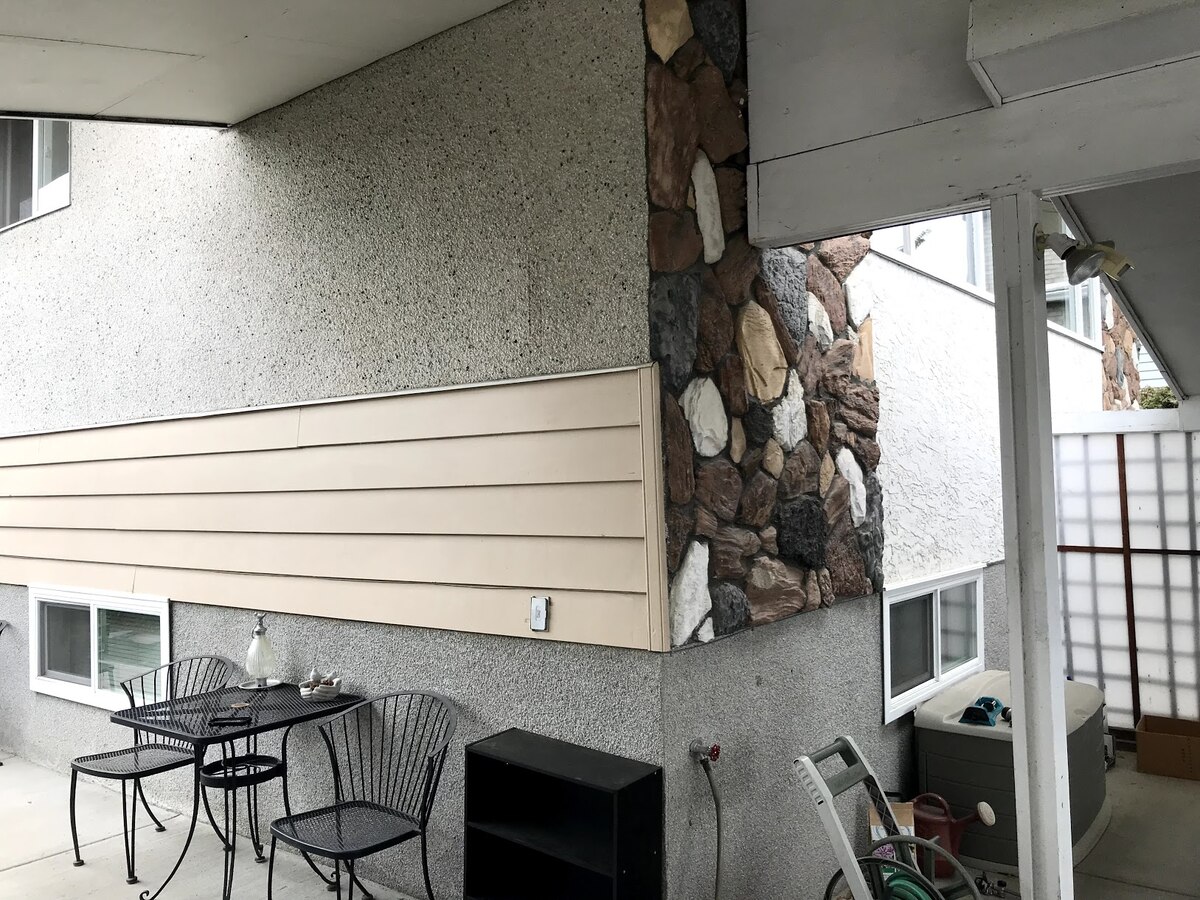
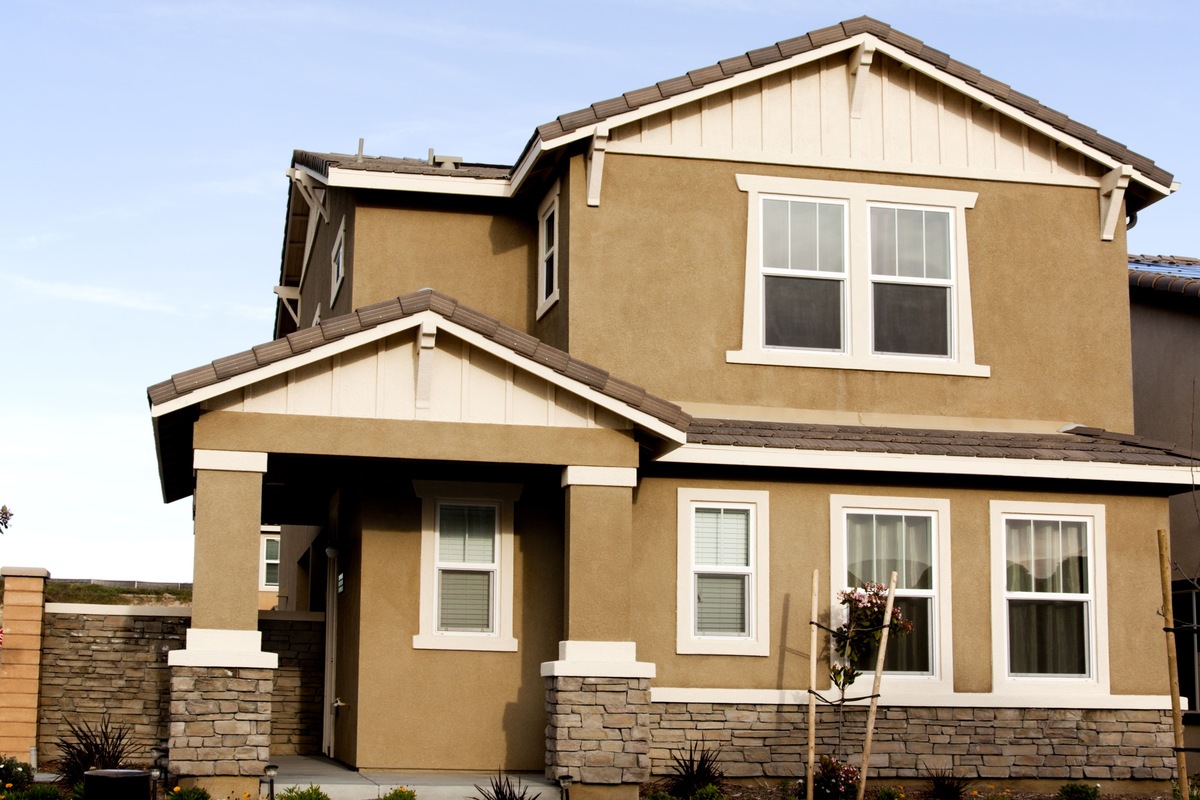
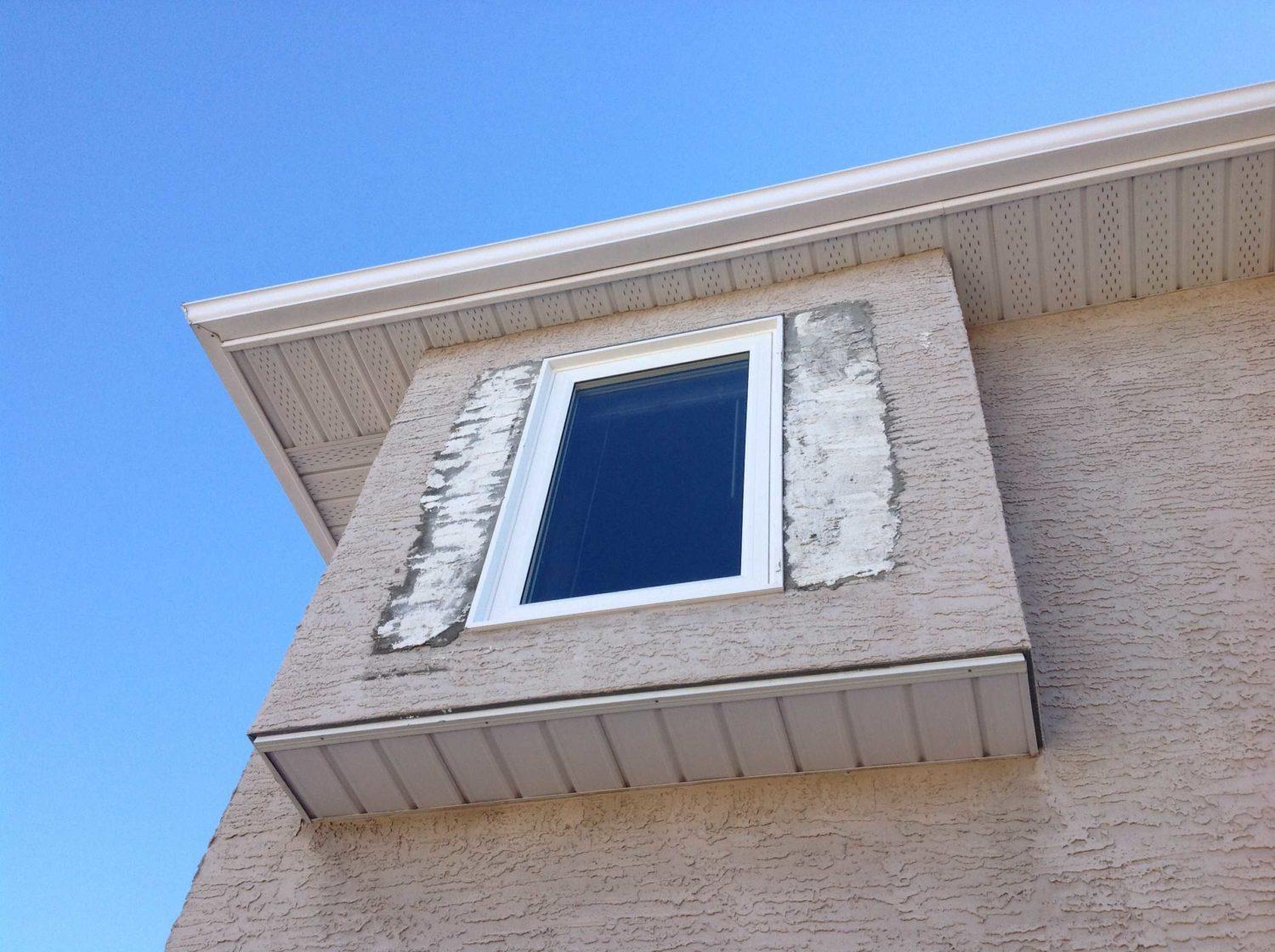
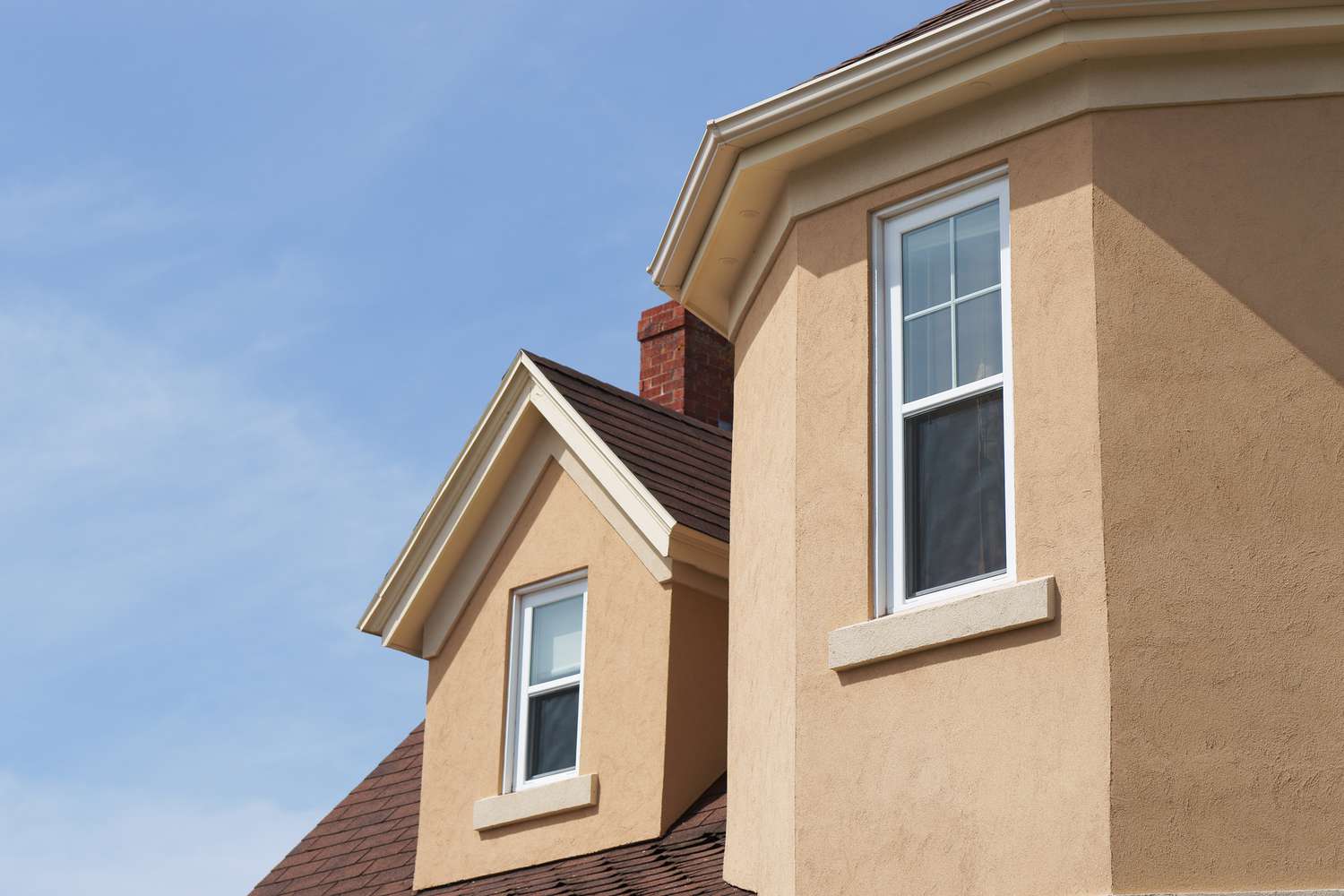
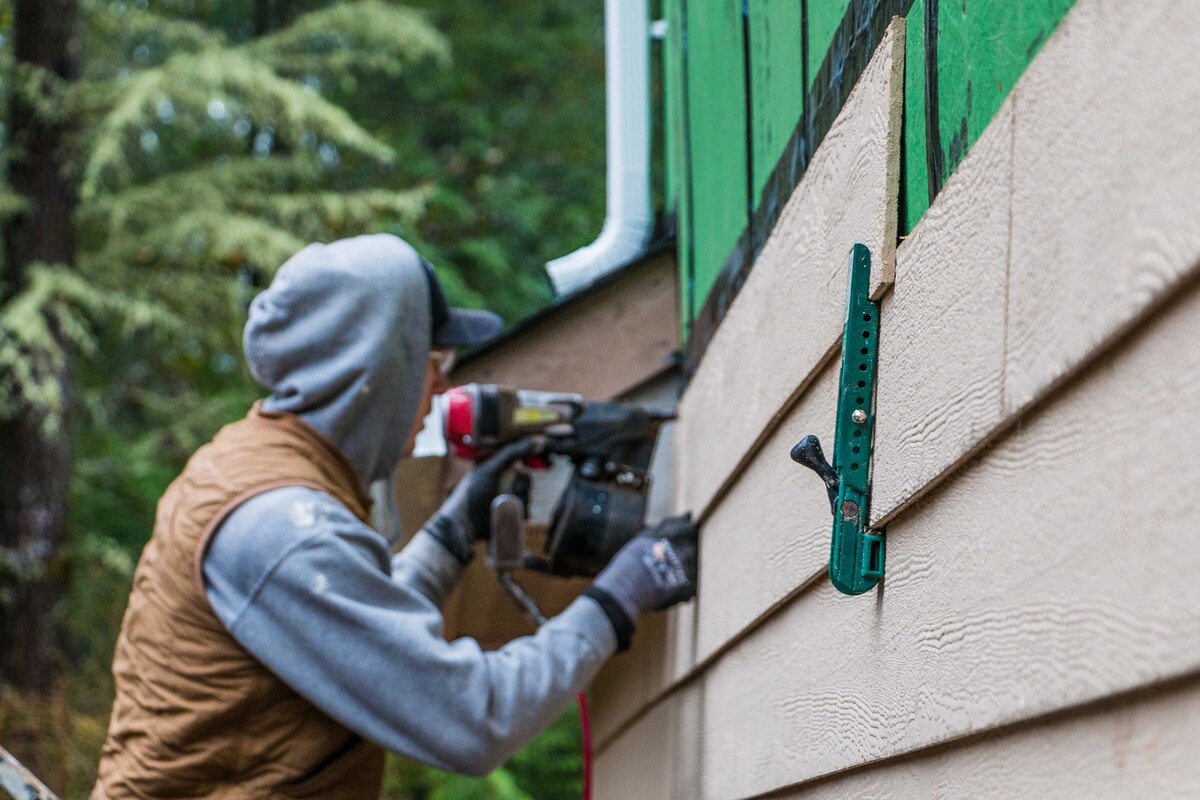
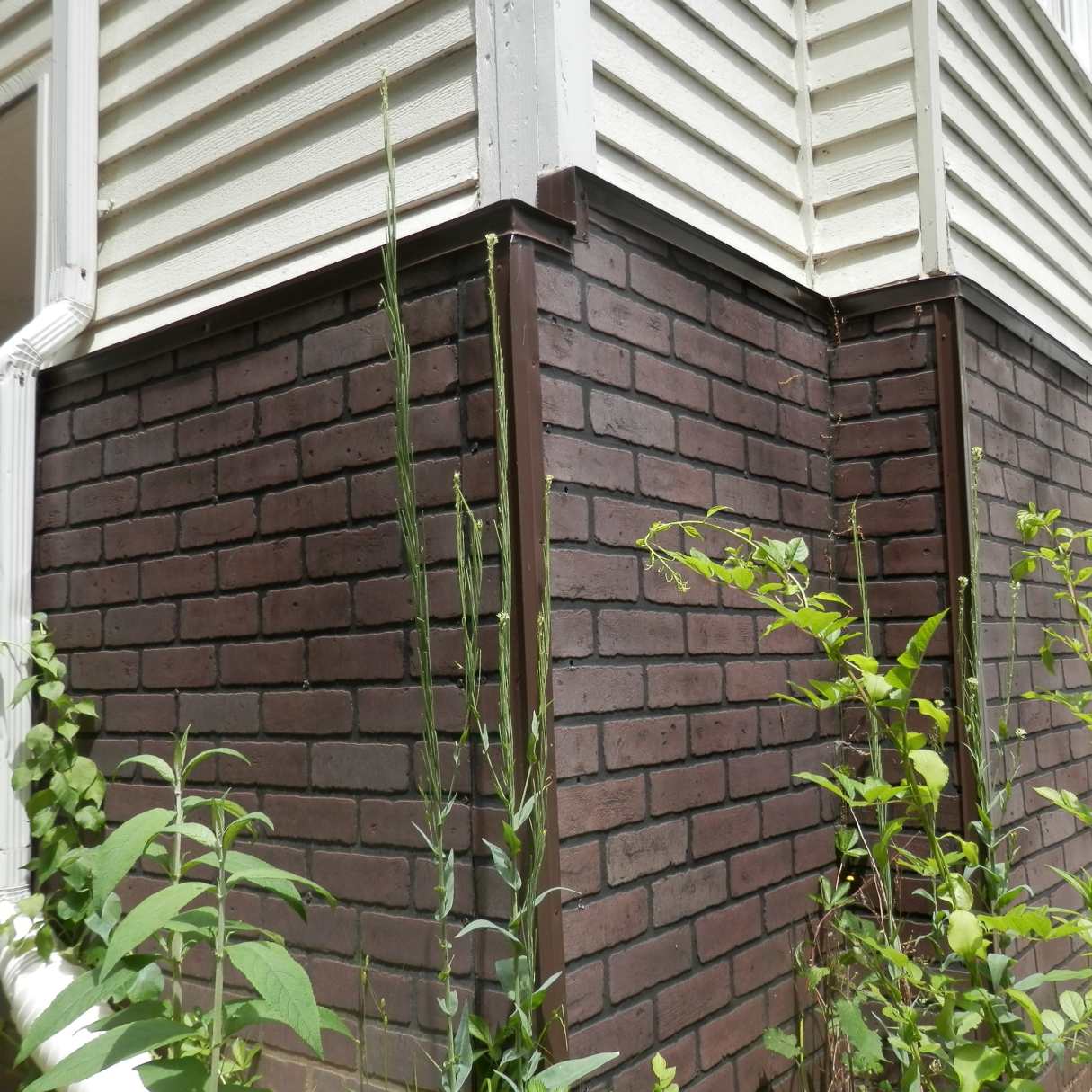
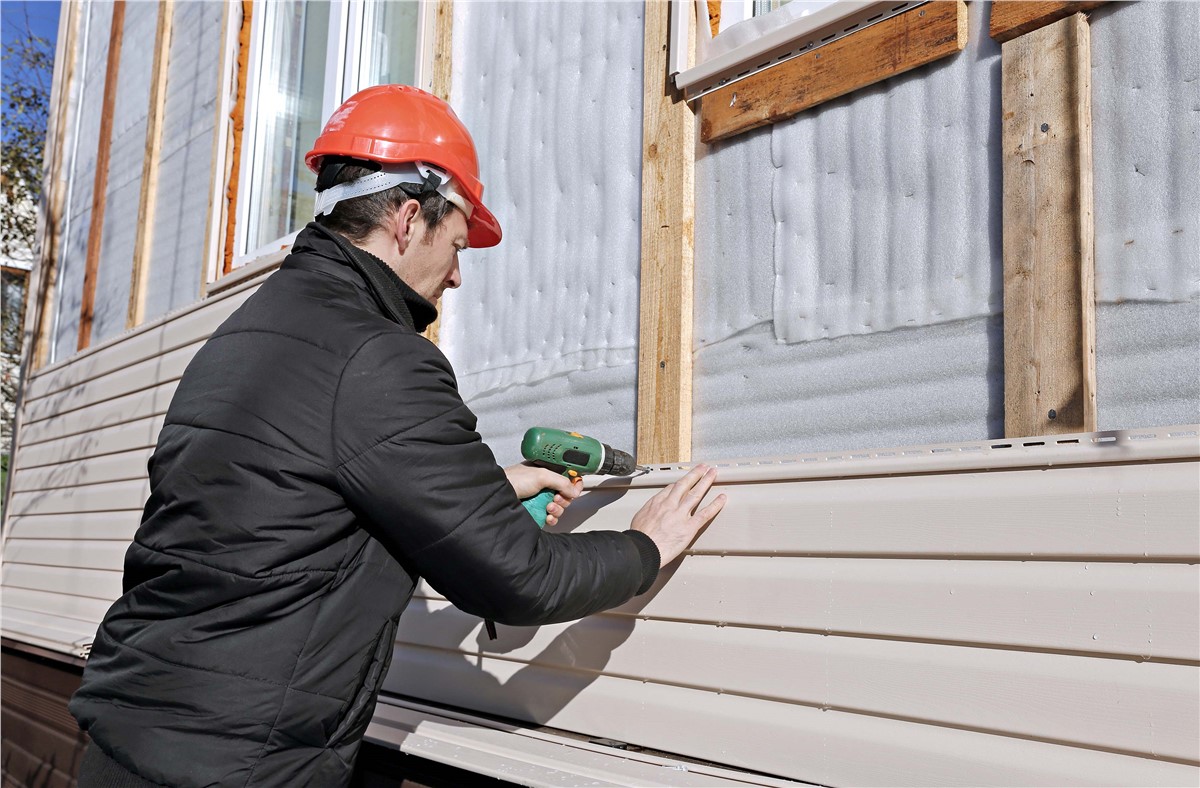
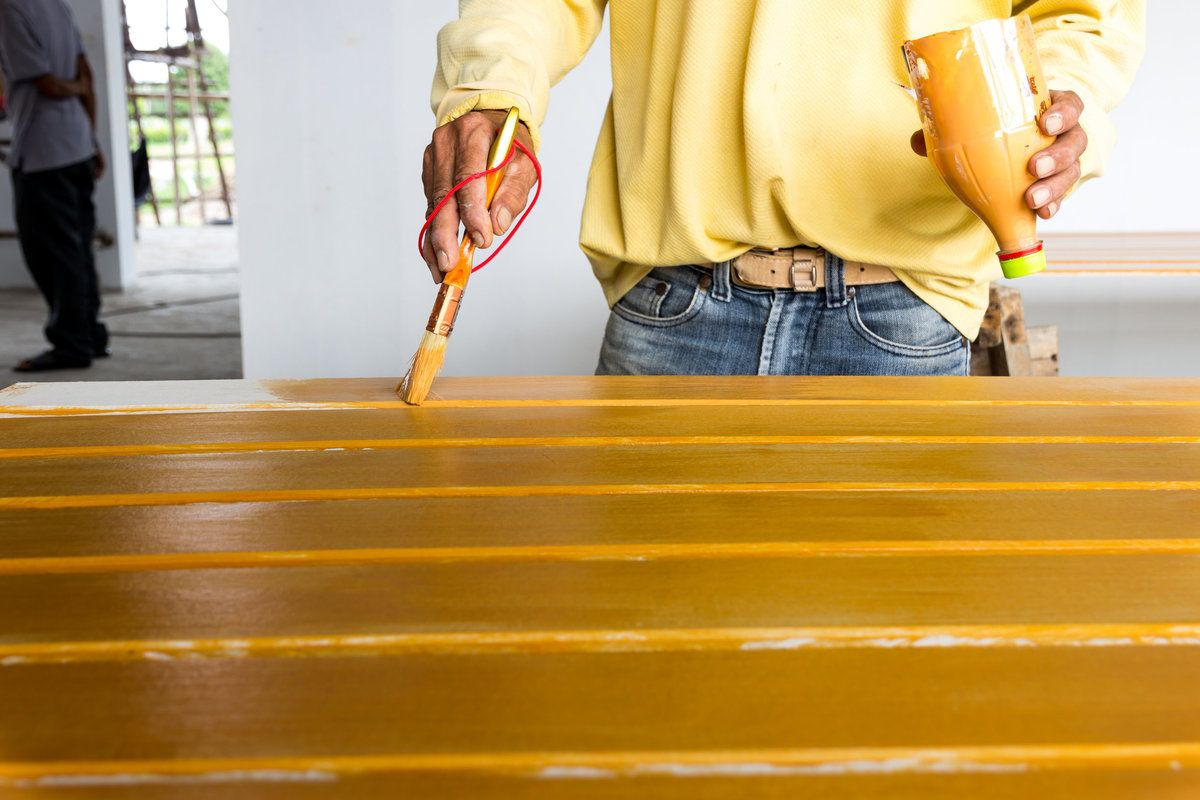
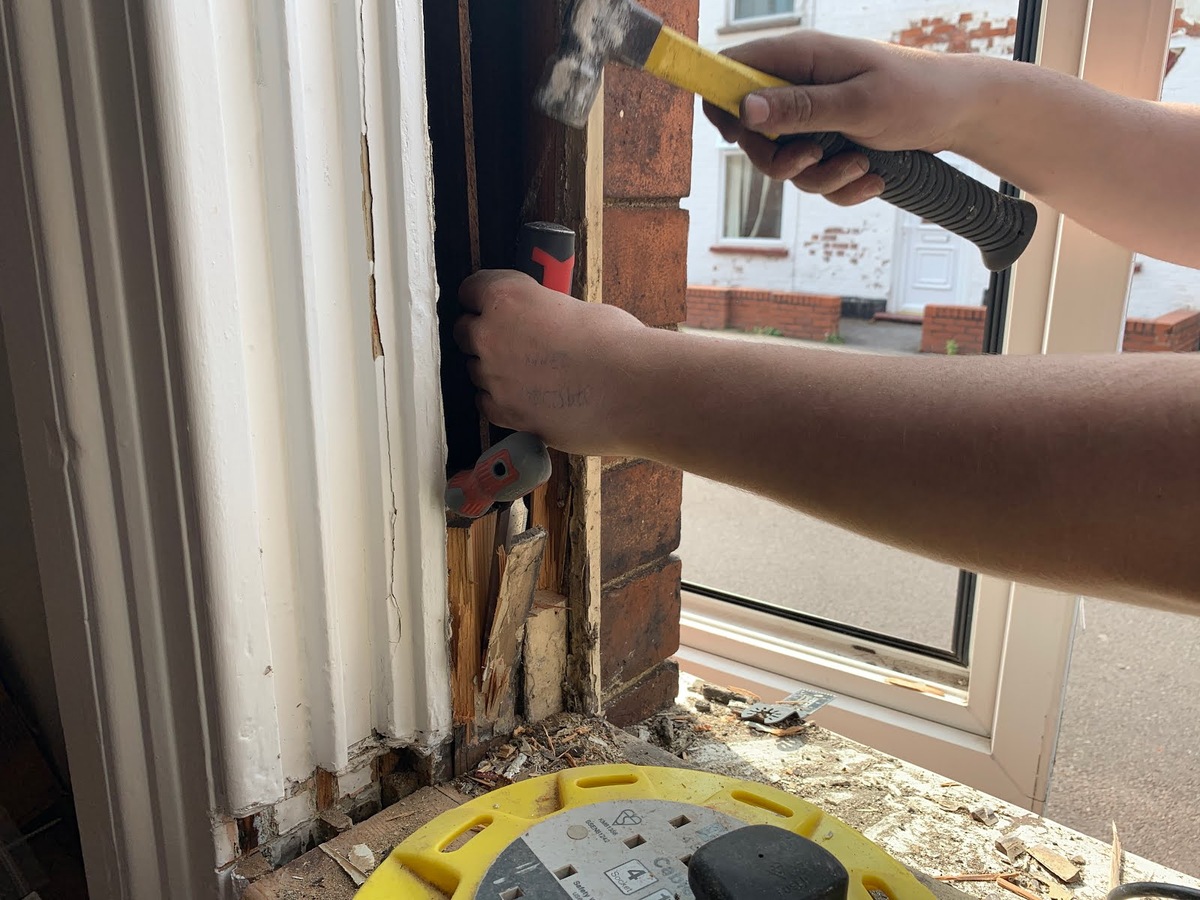
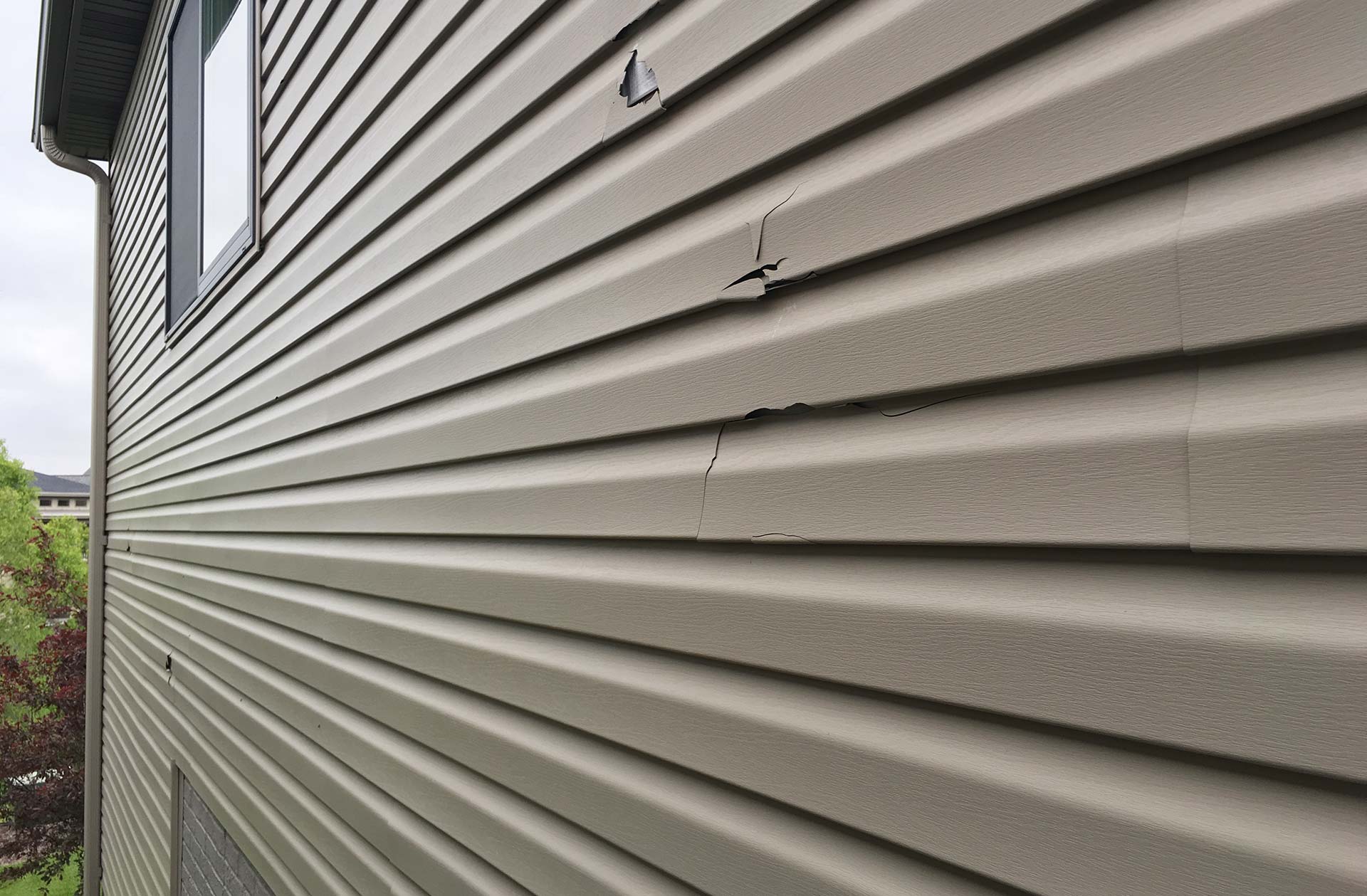
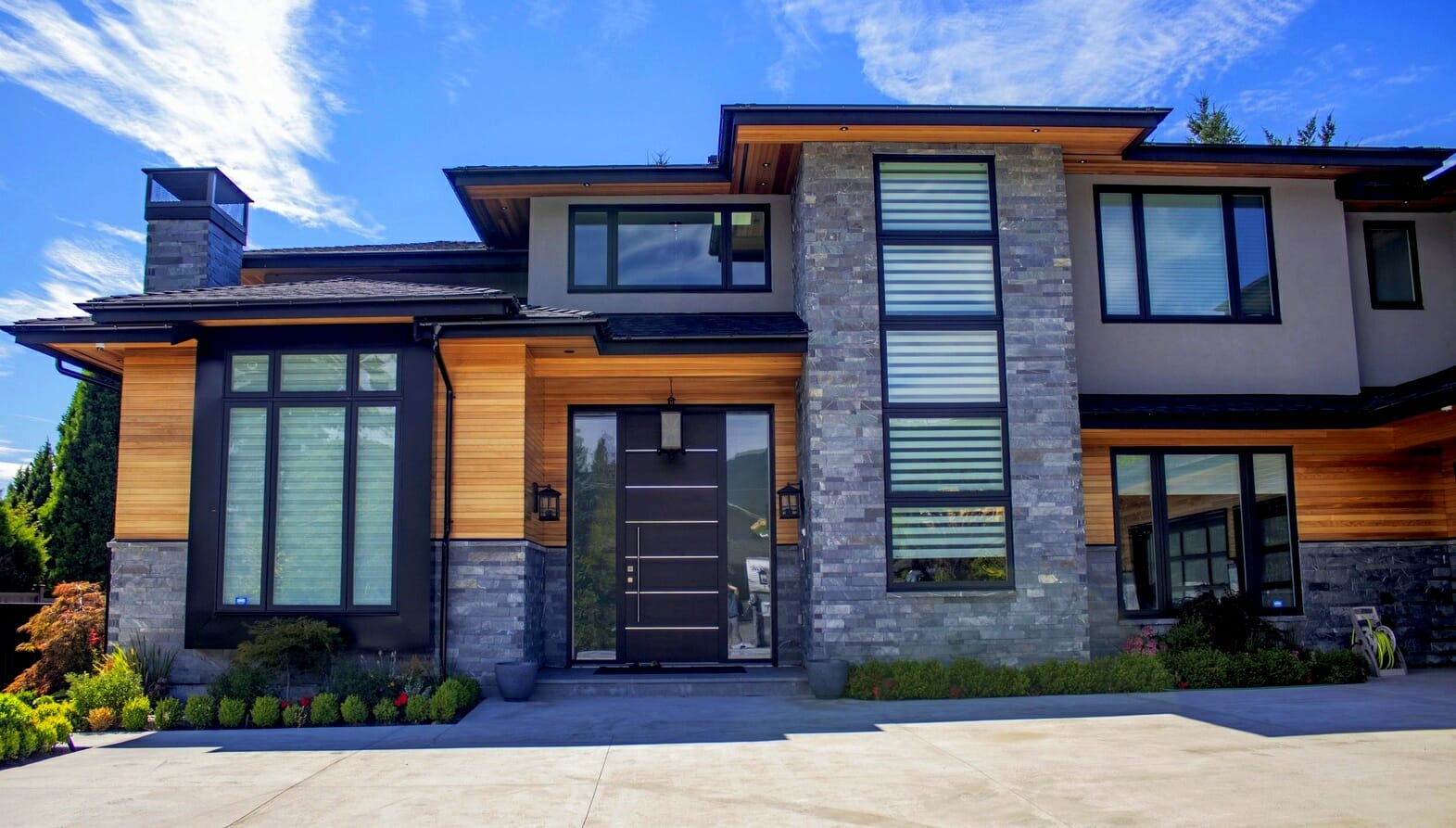
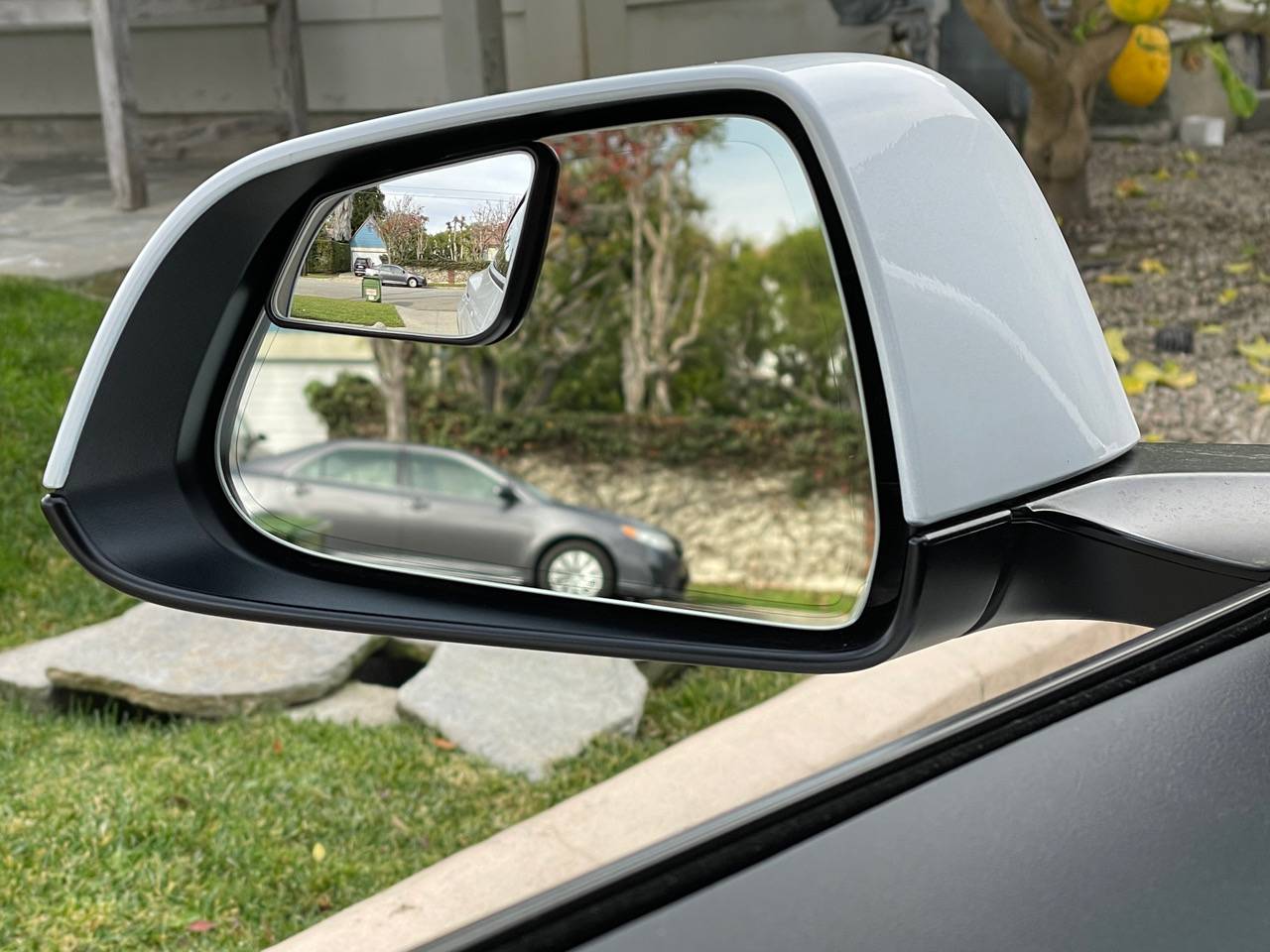
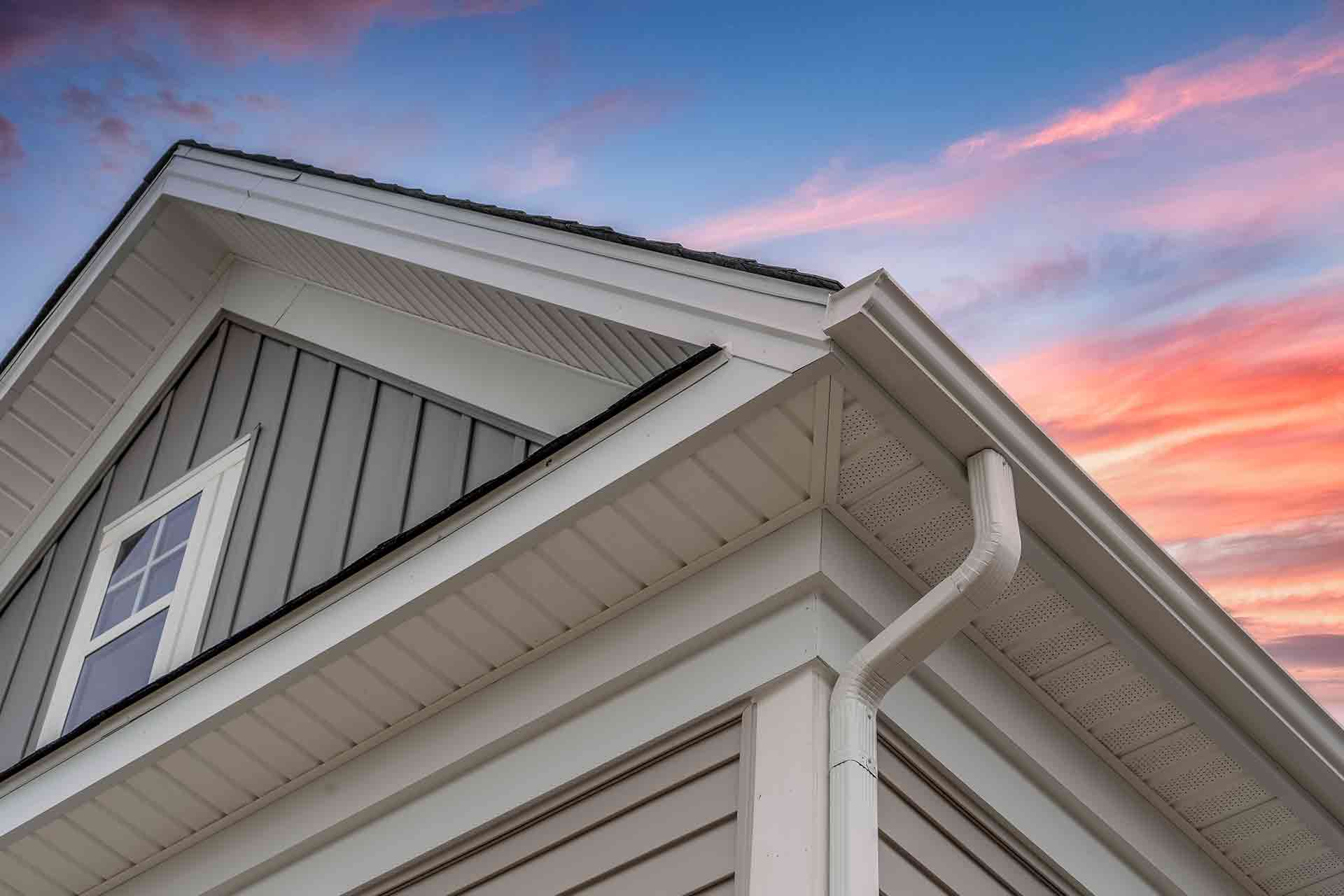
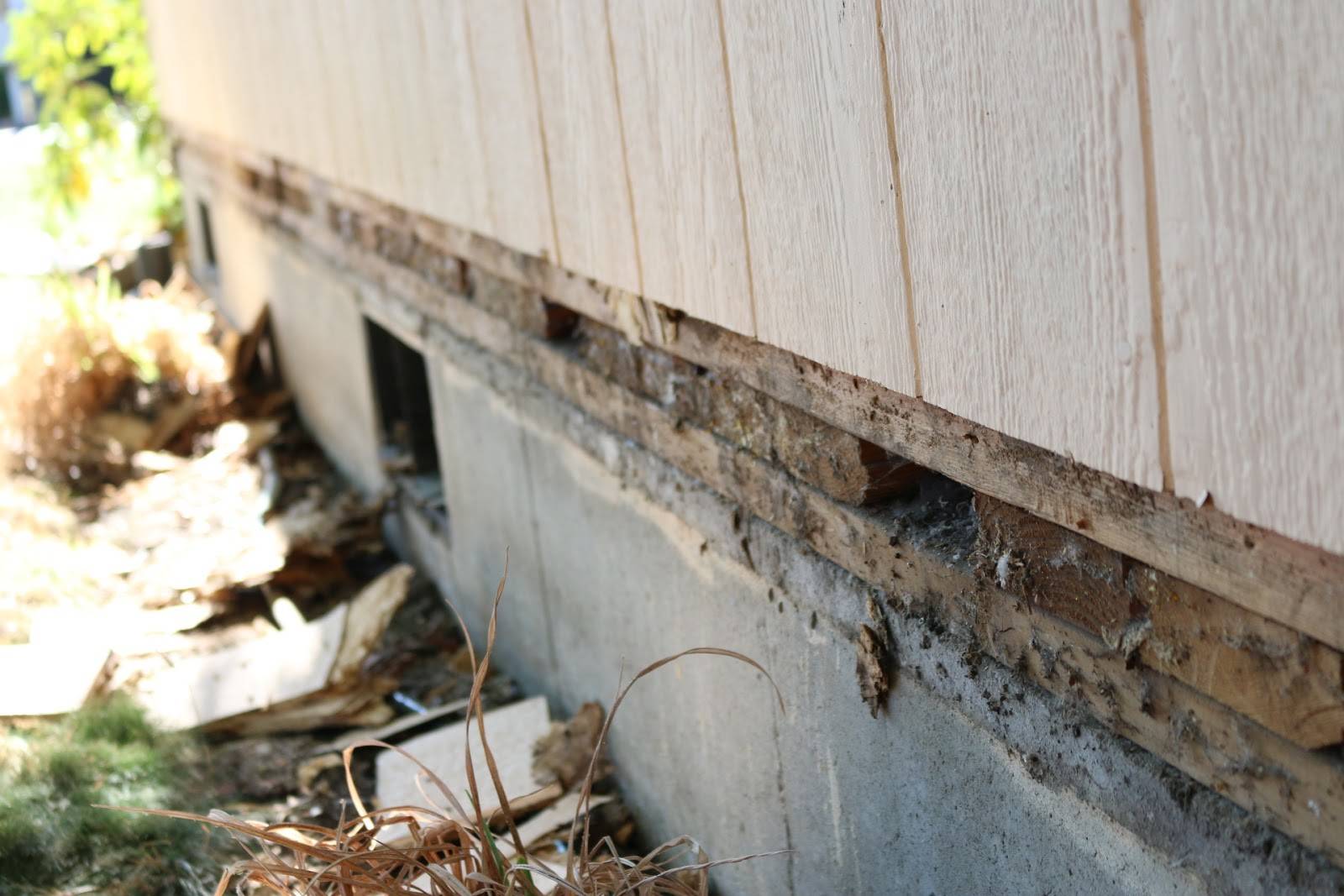

0 thoughts on “How Much To Replace Stucco With Siding”